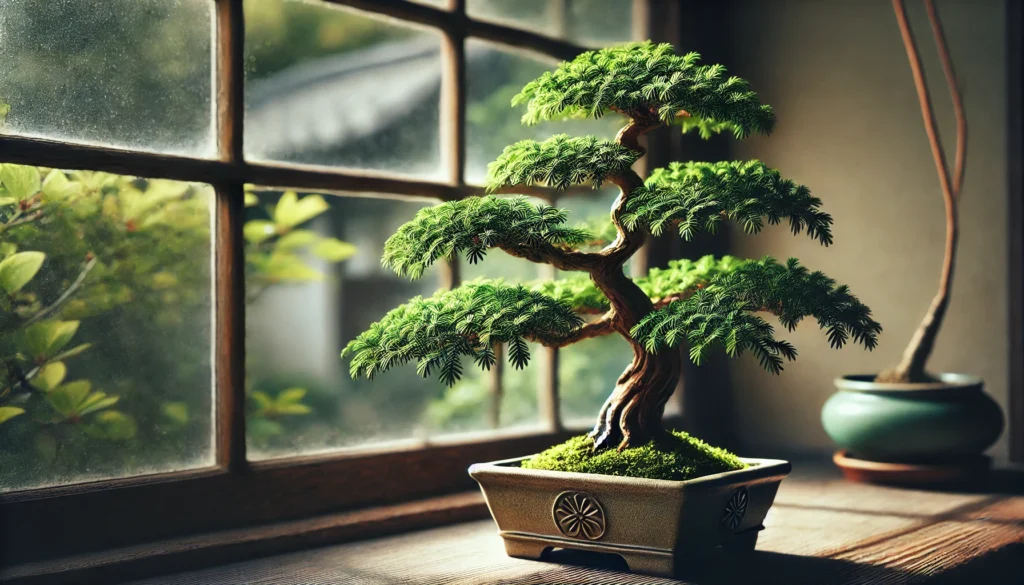
How to Care for a Coast Redwood Bonsai Tree: Expert Tips for Healthy Growth
Imagine bringing a piece of nature’s grandeur into your home with a coast redwood bonsai tree—a miniature version of the towering giants that grace the forests of the Pacific Coast. 
In this guide, we’ll walk you through everything you need to know about caring for your coast redwood bonsai—from proper watering techniques to pruning, and everything in between. By the end, you’ll have all the expert tips you need to ensure your tree stays vibrant and strong for years to come. Ready to become a redwood bonsai pro? Let’s dive in!
Table of Contents
ToggleWhat is a Coast Redwood Bonsai Tree? 
A Coast Redwood Bonsai Tree is a miniature version of the majestic Coast Redwood, one of the tallest trees in the world. Native to California’s coastal regions, these towering giants can reach heights of over 300 feet in the wild! However, when grown as a bonsai, they become a stunning, manageable tree that can thrive indoors or on patios with the right care.

These bonsai trees are known for their graceful, soft needles, which have a rich green color. Their natural beauty and unique texture make them a favorite among bonsai enthusiasts. Whether you’re a beginner or an experienced grower, the Coast Redwood Bonsai is a rewarding tree to cultivate due to its elegant structure and relatively straightforward care needs.
One of the standout features of the Coast Redwood Bonsai is its growth pattern. While they are slow growers, they have the potential to live for many years when properly cared for. 
In the next sections, we’ll dive into how you can care for your Coast Redwood Bonsai Tree to keep it thriving and healthy!
Understanding the Coast Redwood Bonsai’s Basic Needs 
Caring for a Coast Redwood Bonsai can seem daunting at first, but with the right knowledge, it’s completely achievable. To help your tiny redwood thrive, it’s important to understand its basic needs: light, water, temperature, soil, and pruning. Let’s break these down so you can give your bonsai the best care possible!

1. Light Requirements 
Coast Redwoods love bright, indirect light. They naturally thrive in areas with consistent sunlight, so placing your bonsai near a window that gets a few hours of soft sunlight each day is ideal. If possible, try to avoid direct sunlight during the hottest parts of the day, as it can scorch the leaves. For indoor bonsai, consider supplementing with a grow light if natural light is limited.
2. Watering Needs 
Watering is one of the most crucial aspects of Coast Redwood Bonsai care. These trees like consistent moisture, but they don’t want to sit in soggy soil. Water your bonsai when the top inch of soil feels dry to the touch. Be sure to water thoroughly, allowing excess water to drain out of the pot. During warmer months, you may need to water more frequently, but in winter, reduce watering slightly as the tree’s growth slows down.
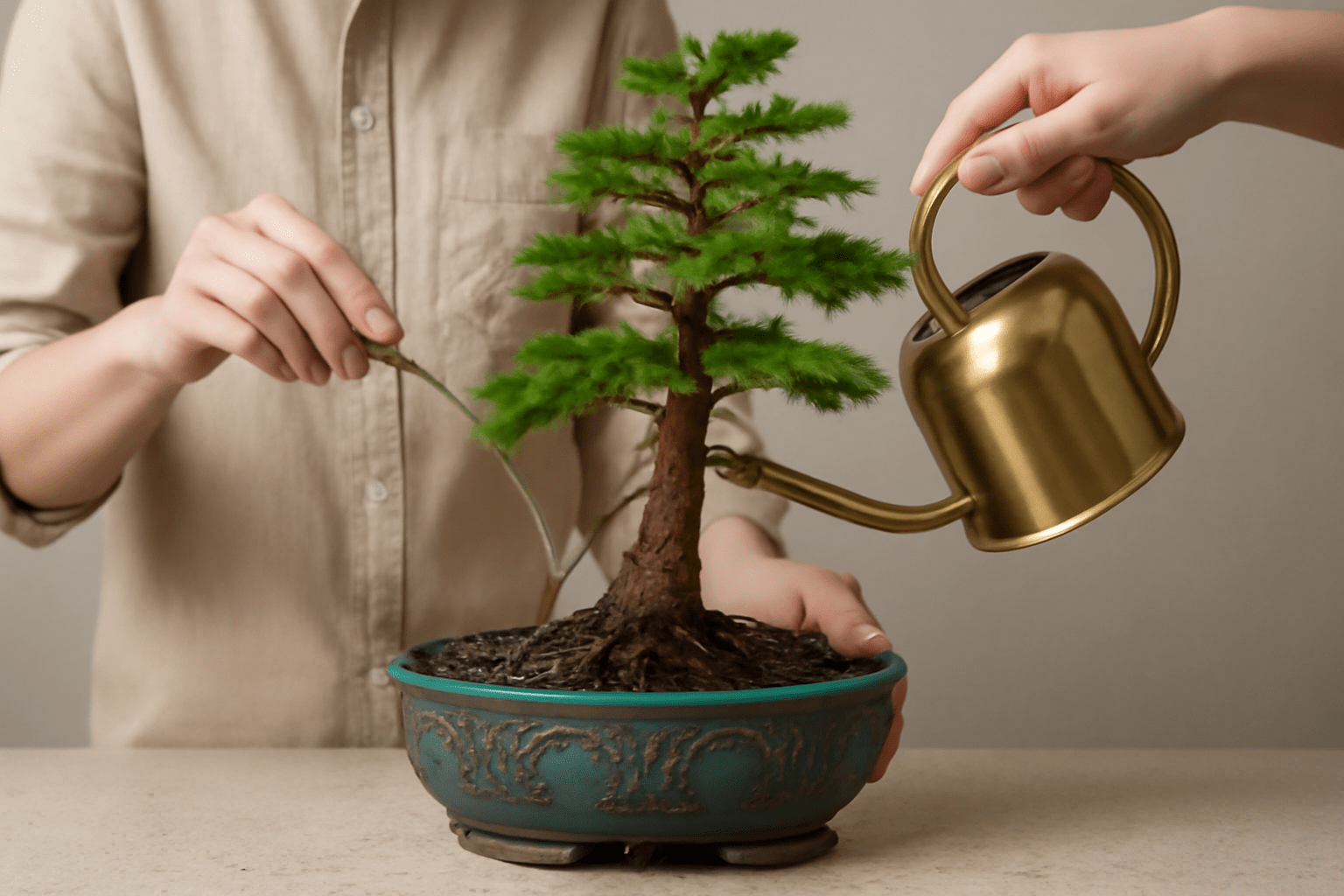
3. Temperature and Humidity 
Coast Redwoods naturally thrive in cooler, temperate climates with high humidity. Aim to keep your bonsai in a location where the temperature stays between 50°F and 75°F (10°C to 24°C). These trees don’t like hot, dry air, so try to maintain humidity by placing your bonsai on a humidity tray filled with water and pebbles or using a room humidifier.
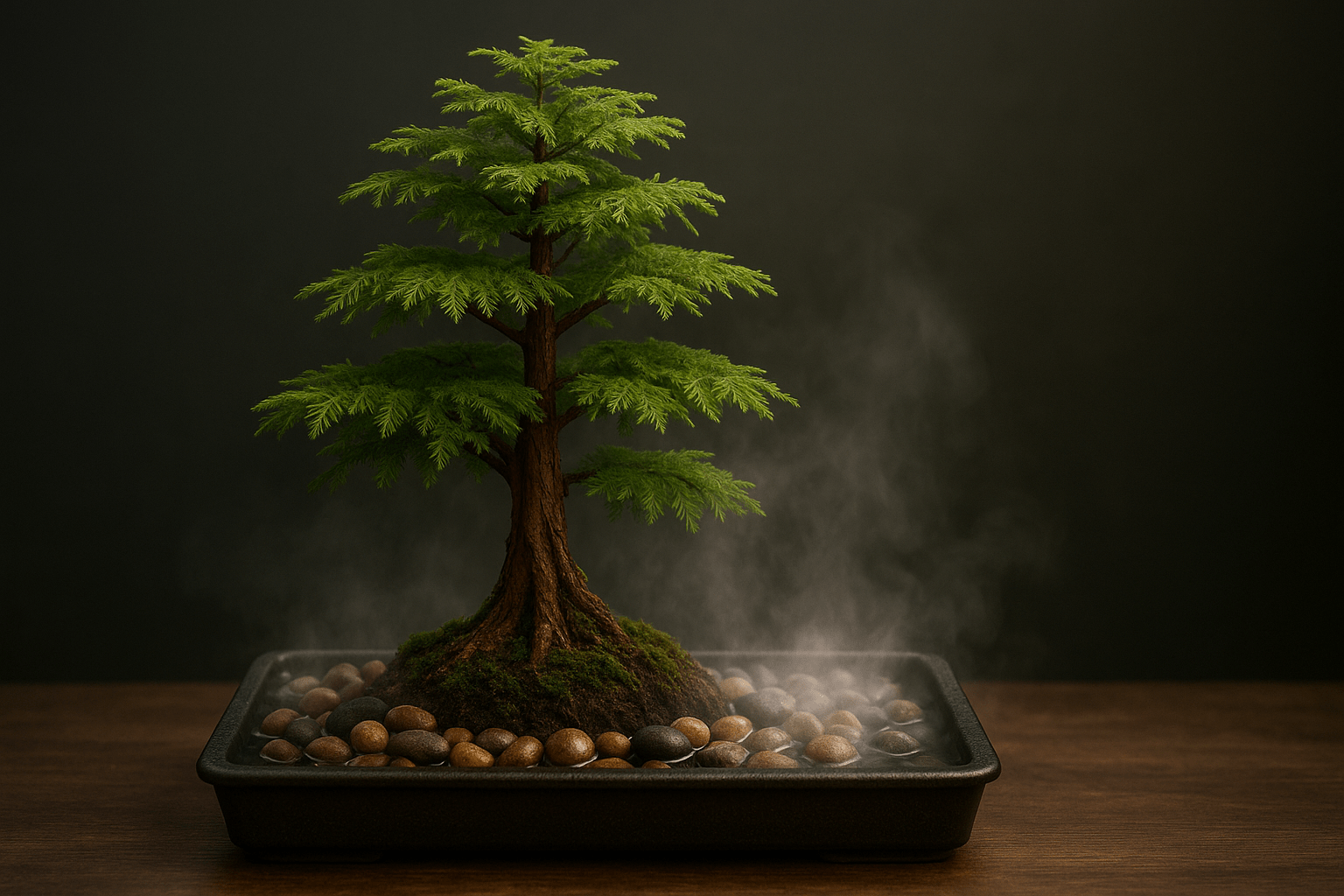
4. Soil Considerations 
Good soil is the foundation for a healthy Coast Redwood Bonsai. Choose a well-draining mix, ideally one that retains some moisture but doesn’t stay soggy. You can use a mix designed for bonsai trees, or create your own by combining organic compost, pumice, and akadama (a clay-based material). Be sure your pot has proper drainage holes to prevent water from accumulating at the bottom, which can lead to root rot.
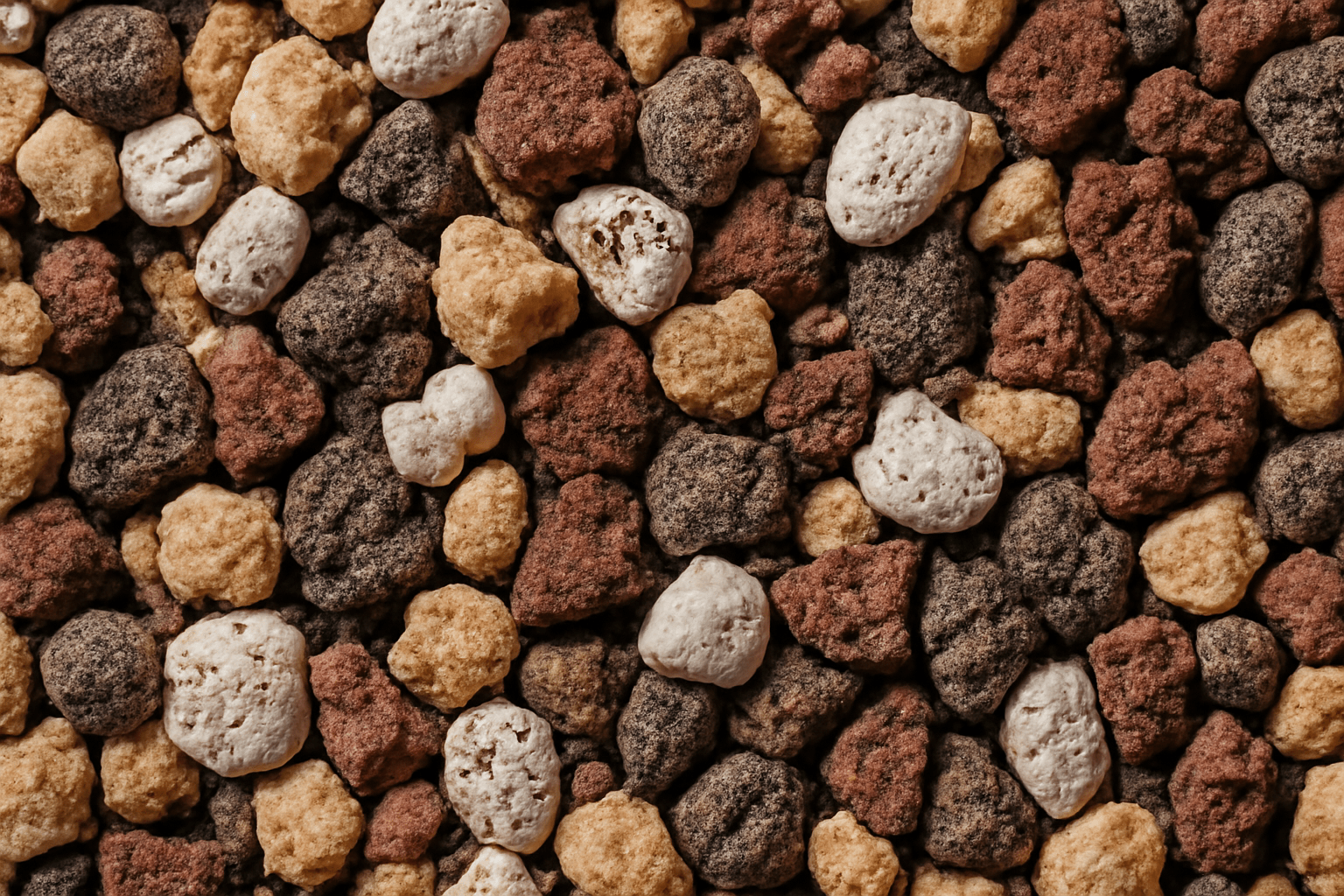
5. Pruning and Maintenance 
To keep your Coast Redwood Bonsai looking tidy and encourage healthy growth, regular pruning is key. Trim back any overly long branches and leaves to maintain the desired shape. This helps the tree stay compact and strong. Remember to use clean, sharp tools and avoid cutting back too much at once. Pruning should be done during the growing season to avoid stressing the tree during dormancy.
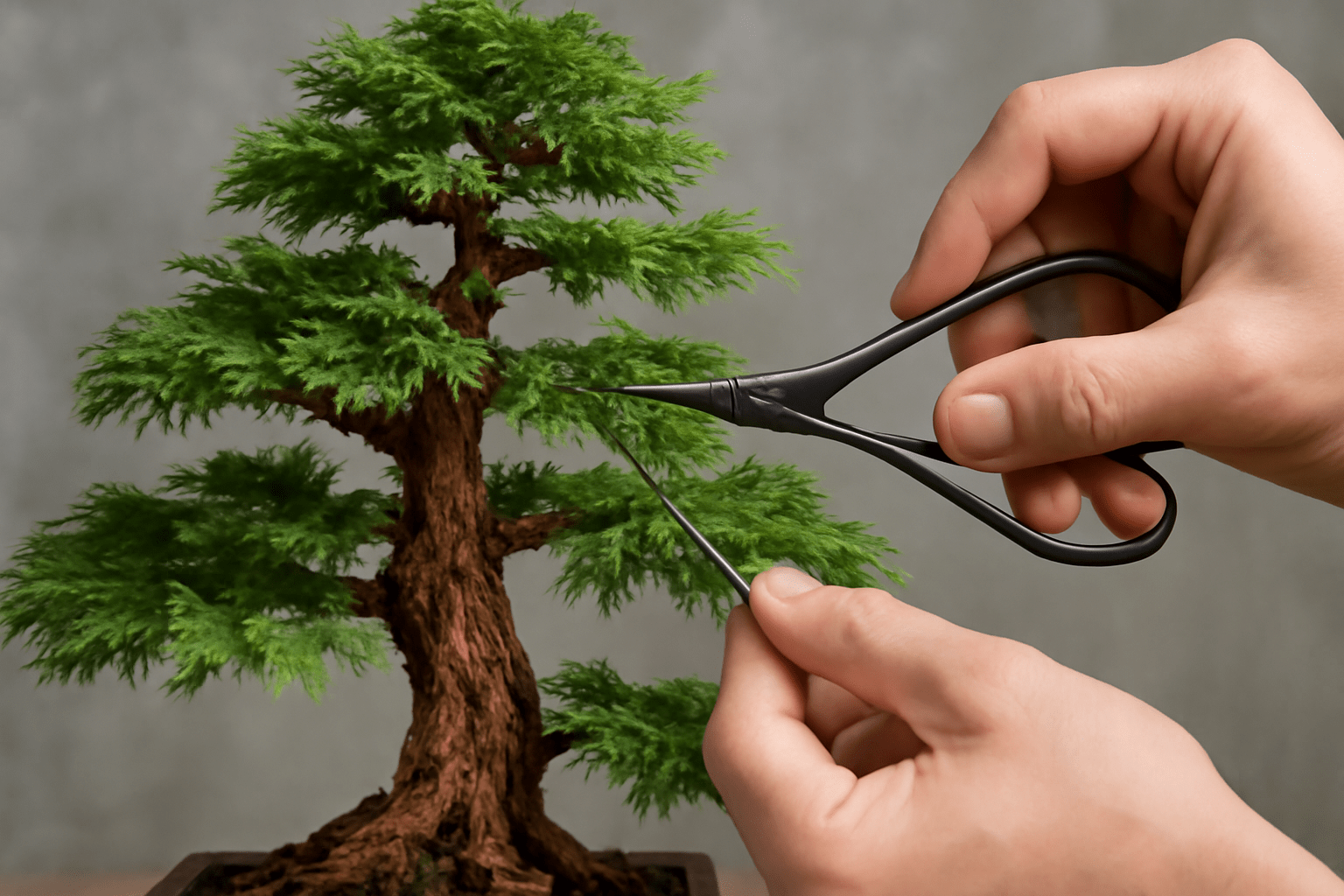
By following these basic guidelines, your Coast Redwood Bonsai will stay healthy and flourish in your care! 
Potting and Soil Requirements for Your Coast Redwood Bonsai Tree 
Proper potting and soil are essential for your Coast Redwood Bonsai to thrive. These trees, known for their majestic size in nature, require special attention when grown in miniature form. Here’s what you need to know to give your tree the best start in its container home.
Choosing the Right Pot 
Start with a pot that allows for healthy root growth while being compact enough to fit your tree’s needs. The pot should have drainage holes to prevent water from collecting at the bottom, which can cause root rot. Choose a pot that’s about 1-2 inches larger than the root ball of your Bonsai tree. This helps avoid excess moisture buildup while still providing space for roots to spread.

The Best Soil for Coast Redwood Bonsai 
Coast Redwoods prefer well-draining, slightly acidic soil. A good mix should hold moisture without becoming soggy, ensuring roots receive both oxygen and water. Here’s the ideal soil blend:
- Akadama: A clay-like soil that retains water but also drains well. It’s perfect for Bonsai trees because it helps maintain a healthy moisture balance.
- Pumice: Provides aeration and prevents soil compaction. This is key for allowing roots to breathe.
- Lava rock: Helps with drainage and adds structure to the soil.
A simple soil mix might be 50% Akadama, 25% pumice, and 25% lava rock. Adjust this depending on the specific needs of your tree or climate.
Potting Tips 
- Repotting Frequency: Coast Redwoods grow quickly, so you may need to repot every 2-3 years. Repotting ensures the roots have enough room to expand and allows you to refresh the soil.
- Root Pruning: When repotting, carefully trim any excessively long or damaged roots. This helps promote new, healthy root growth and keeps your Bonsai in top shape.
- Soil Depth: Coast Redwoods have relatively shallow roots, so plant your Bonsai at a depth where the top of the root ball is just below the surface of the soil. Avoid burying the trunk too deeply to prevent rot.
Drainage is Key 
Good drainage is crucial for the health of your Bonsai. If your pot doesn’t have enough drainage, consider adding a layer of small stones or mesh at the bottom before adding soil. This will help prevent water from accumulating around the roots, which can lead to root rot.
Conclusion 
By choosing the right pot and soil, you’re setting your Coast Redwood Bonsai up for success! With the right care and attention to its potting and soil needs, your Bonsai will thrive, grow strong, and continue to be a beautiful part of your indoor garden.
Pruning and Shaping the Coast Redwood Bonsai Tree 
Pruning and shaping are key to maintaining a healthy and beautiful Coast Redwood Bonsai tree. These trees, though fast-growing in nature, can be easily controlled with the right techniques. Here’s how to prune and shape your Bonsai tree like an expert:
1. Why Pruning is Important 
Pruning helps keep your Bonsai tree compact, encourages new growth, and ensures it maintains a balanced shape. It’s also vital for the overall health of the tree by removing dead or diseased branches, allowing air and light to reach the inner parts of the tree.
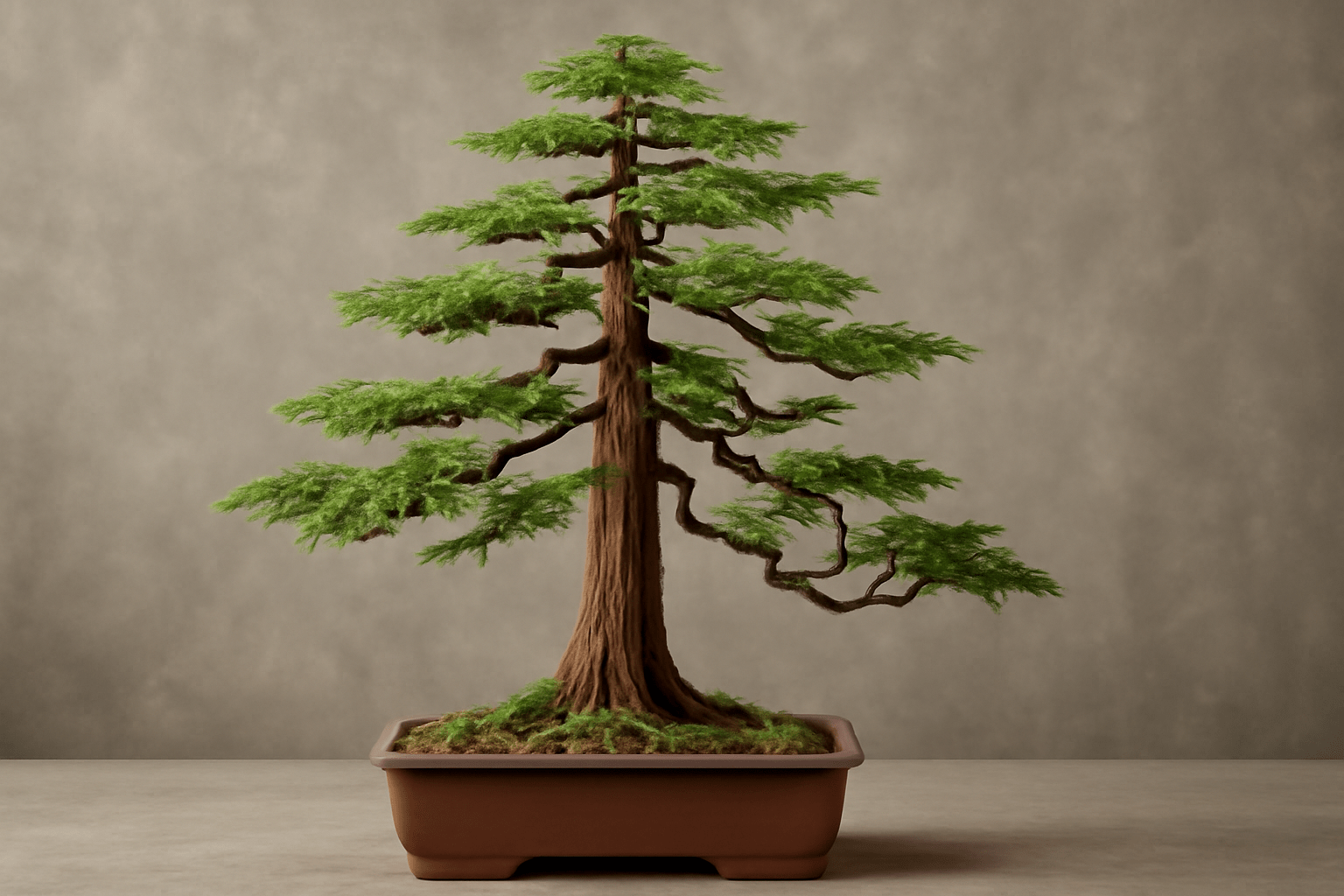
2. When to Prune 
The best time to prune your Coast Redwood Bonsai is during the growing season—typically in late spring or early summer. Avoid pruning during winter, as the tree is in its dormant state and pruning could stress it.
3. Tools You’ll Need 
To get the job done right, make sure you have the following tools:
- Sharp pruning scissors or shears
- Wire cutters
- A small saw for larger branches
- A clean towel to wipe tools between cuts
4. How to Prune 
- Trim the Tips: Start by trimming the tips of new growth. This encourages the tree to branch out, creating a fuller, bushier appearance.
- Remove Dead or Weak Growth: Cut away any dead or unhealthy branches. This prevents the spread of disease and maintains the tree’s energy on healthy parts.
- Thin Out the Foliage: Focus on thinning out dense areas. Removing excess foliage ensures good air circulation and light penetration to the interior.
- Shape the Tree: Use pruning to create a balanced structure. Cut branches that are growing out of proportion, especially those that look too long or too thick. A symmetrical tree is a happy tree!
5. Shaping with Wire 
Wiring is a popular technique for shaping your Bonsai. Gently wrap wire around the branches you want to shape. Be careful not to wrap too tightly, as this can damage the bark. Slowly bend the branches into the desired position and leave the wire on for a few months, checking regularly to ensure it’s not causing harm to the tree.
6. Avoid Over-Pruning 
It’s easy to get carried away with pruning, but less is often more! Over-pruning can stress your Bonsai, leading to weaker growth. Always prune with caution, removing only what’s necessary to maintain health and shape.
7. Regular Maintenance 
Even after the main pruning sessions, your Coast Redwood Bonsai will need regular maintenance. Make it a habit to remove any unwanted shoots or leaves throughout the year to keep your tree looking tidy and well-cared-for.
Final Tip: Be Patient! 
Bonsai shaping is a long-term project. The Coast Redwood’s growth might be fast, but it still takes time to develop into the desired shape. Keep up with your regular pruning and shaping, and enjoy watching your tree grow beautifully over the years!
Happy Bonsai gardening!
Fertilizing Your Coast Redwood Bonsai 
Proper fertilization is key to ensuring your Coast Redwood bonsai thrives. This evergreen tree needs nutrients to support its growth, but it requires a delicate balance—too much fertilizer can harm the tree, while too little can stunt its development. Let’s break down how to fertilize your Coast Redwood bonsai the right way!
1. Choose the Right Fertilizer 
For your Coast Redwood bonsai, you’ll want a balanced, slow-release fertilizer. Look for one with equal parts nitrogen (N), phosphorus (P), and potassium (K)—like a 10-10-10 or 20-20-20 mix. These nutrients support healthy root and foliage growth.
- Organic fertilizers (like compost or fish emulsion) work wonders and are gentle on the roots.
- Liquid fertilizers are fast-acting but should be diluted to avoid burning the tree.
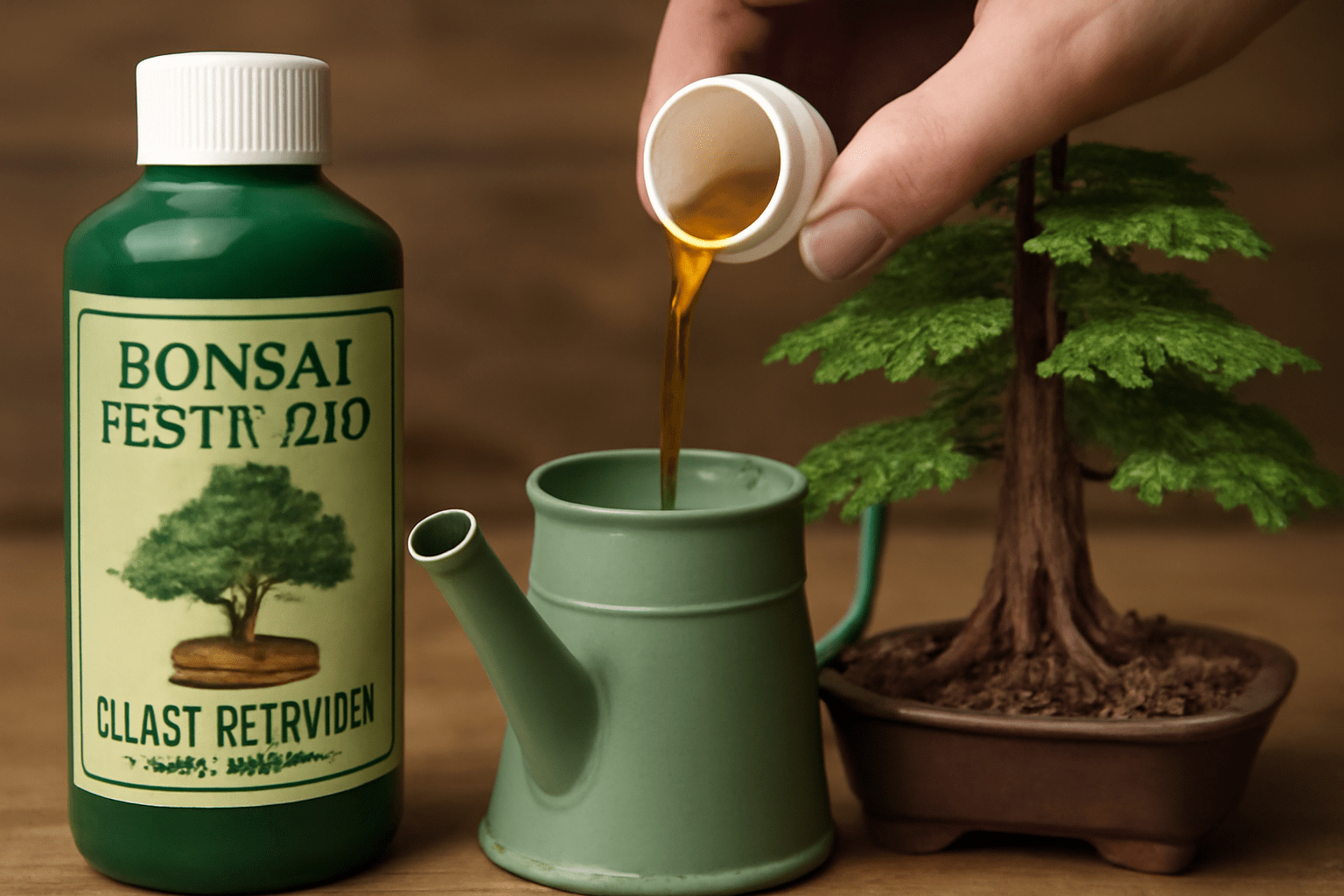
2. Timing is Everything 
Coast Redwoods are most active in the spring and summer, so that’s when they need the most food. Apply fertilizer every 2-4 weeks during the growing season (April to August). As the weather cools down in fall and winter, reduce or stop fertilizing to let the tree rest.
- Spring and Summer: Regular feeding.
- Fall and Winter: No fertilizing; the tree is dormant.
3. How to Apply Fertilizer 
- For slow-release fertilizers, simply mix it into the soil when you repot or top-dress it (adding a layer of fresh soil on top).
- For liquid fertilizers, dilute according to the instructions and water your bonsai with the solution, ensuring it drains from the bottom. Avoid soaking the foliage!
4. Watch for Signs of Over-Fertilizing 
Signs of over-fertilizing include yellowing leaves, leaf burn, or stunted growth. If you notice these, cut back on fertilizer immediately and flush the soil with water to remove excess nutrients.
5. Special Tips for Coast Redwood Bonsai 
- These trees love a humid environment, so you may want to mist your bonsai regularly or place it on a humidity tray.
- If you’re unsure about the nutrient levels in your soil, a simple soil test can help you make more informed fertilizer choices.
By following these simple fertilizing steps, you’ll help your Coast Redwood bonsai stay healthy, lush, and vibrant all year long!
Common Problems and How to Fix Them 
Caring for a Coast Redwood Bonsai can be a rewarding experience, but sometimes, issues arise. Don’t worry, though—most problems are easy to fix with a little knowledge and attention. Here are some common issues you might face, along with practical solutions.
1. Yellowing Leaves 
Yellow leaves on your Coast Redwood Bonsai can be a sign of a few different problems.
What’s Happening:
- Overwatering or poor drainage can lead to root rot.
- Too much direct sunlight can scorch the leaves.
- Nutrient deficiencies, especially nitrogen, may cause yellowing.
How to Fix It:
- Make sure your bonsai’s pot has proper drainage holes.
- Let the top inch of soil dry out before watering again.
- If you’ve been overwatering, reduce the frequency and ensure your tree is in a spot with good airflow.
- Provide balanced fertilizer every 4-6 weeks during the growing season to boost nutrients.
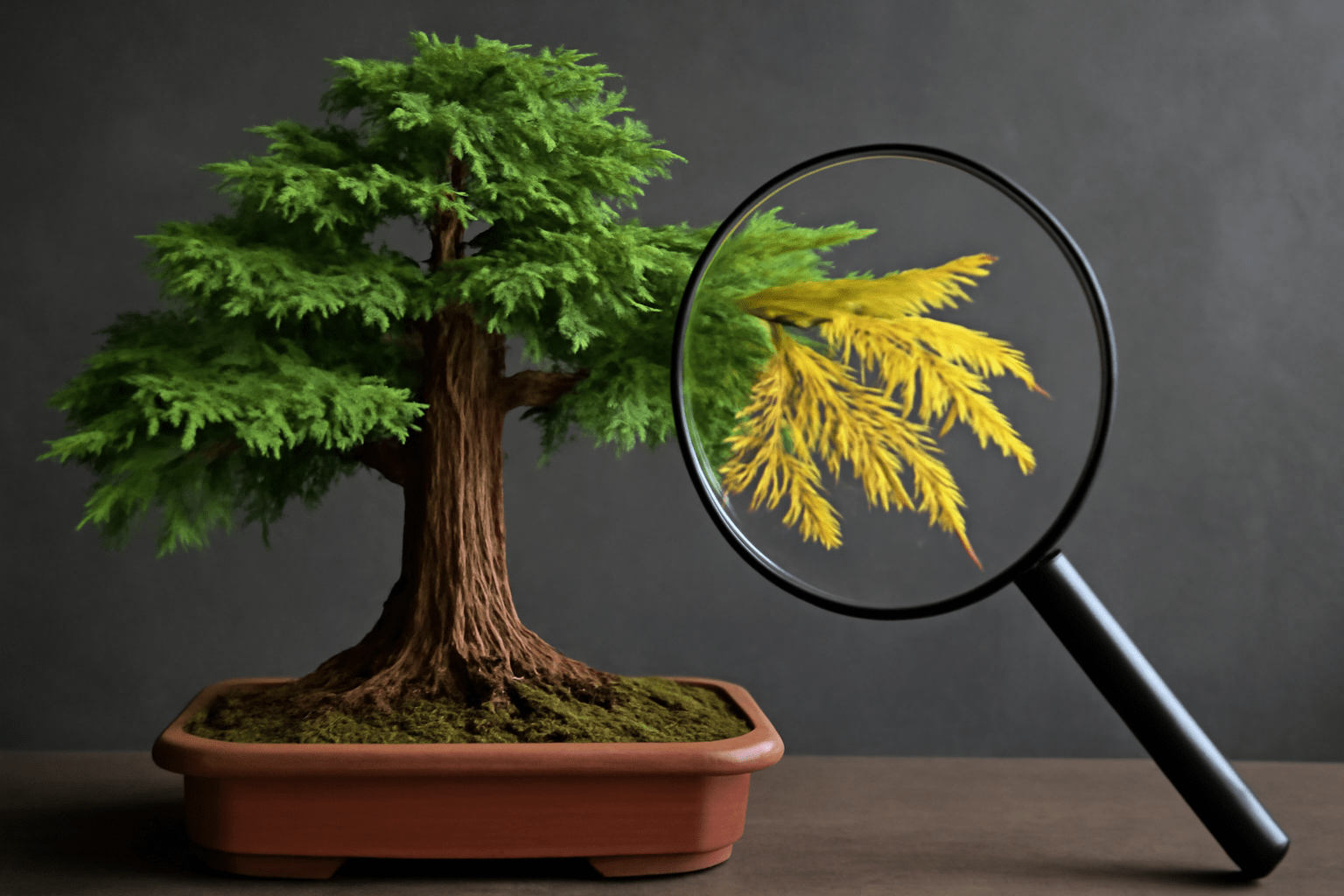
2. Leaf Drop 
If your bonsai starts dropping leaves, it could be due to stress, but don’t panic—it’s often fixable!
What’s Happening:
- Sudden temperature changes or drafts can stress your tree out.
- Lack of humidity or underwatering may cause leaves to fall.
How to Fix It:
- Keep your bonsai in a stable environment away from cold drafts or direct heat sources like radiators.
- Ensure your tree has enough moisture in the air. Consider placing a humidity tray under the pot or misting the leaves occasionally.
- Make sure you’re watering regularly—Coast Redwoods like consistent moisture but dislike sitting in soggy soil.
3. Slow Growth 
If your Coast Redwood Bonsai seems to be growing slowly, there could be a few culprits.
What’s Happening:
- Insufficient sunlight or improper light conditions can stunt growth.
- Root-bound trees (when the roots outgrow the pot) can’t grow as quickly.
- Poor soil quality or nutrient imbalances might be at play.
How to Fix It:
- Place your bonsai in a bright spot with indirect sunlight for at least 6 hours a day.
- If the roots are overcrowded, it’s time to repot your tree. Make sure the new pot has enough room for healthy root expansion.
- Use high-quality bonsai soil to ensure good drainage and proper nutrients. A balanced fertilizer can also help encourage faster growth.
4. Browning Tips 
When the tips of your bonsai’s leaves turn brown, it’s often a sign of environmental stress.
What’s Happening:
- Overwatering or underwatering can cause browning at the edges of leaves.
- Excessive heat or dry air can also lead to this issue.
How to Fix It:
- Ensure you’re watering properly—let the top layer of soil dry out before watering again.
- Keep your bonsai in a spot with good airflow but not direct hot air.
- You can also increase humidity to help prevent leaf tips from browning. A small humidifier or humidity tray can work wonders!
5. Pests and Diseases 
Like any plant, your Coast Redwood Bonsai can fall victim to pests or diseases. While this isn’t a common issue, it’s important to watch for signs.
What’s Happening:
- Aphids, spider mites, or mealybugs can infest your bonsai and damage leaves.
- Fungal diseases can also affect the tree if conditions are too damp or the bonsai is stressed.
How to Fix It:
- If you notice pests, gently wash the leaves with a mild soapy solution or neem oil. You can also remove affected leaves.
- To prevent fungal infections, avoid overwatering and make sure the bonsai has good airflow around it.
- Regularly inspect your bonsai for pests and treat promptly to prevent further issues.
By keeping an eye out for these common problems and taking proactive steps to address them, your Coast Redwood Bonsai will thrive for years to come 
Conclusion
Caring for a coast redwood bonsai tree may seem like a challenge at first, but with the right care, patience, and attention to detail, it can become a rewarding and beautiful addition to your home. By following the expert tips shared in this guide—from proper watering and pruning to ensuring the right light and humidity—you’ll be well on your way to nurturing a healthy, thriving bonsai tree.
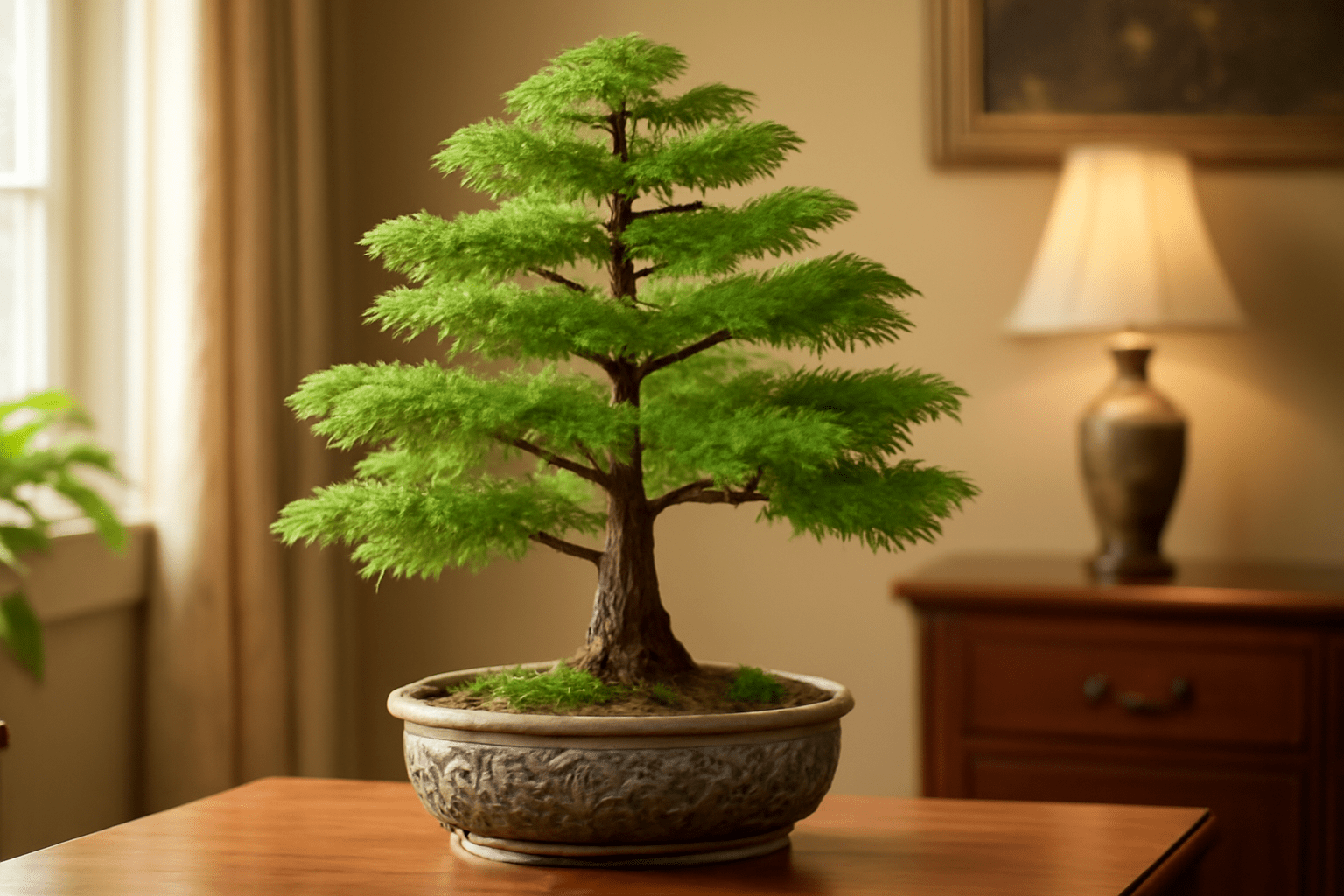
Remember, the key to success is consistency. Your coast redwood bonsai tree will flourish with the right balance of care, and over time, it will become a living testament to your dedication as a bonsai grower.
Now, it’s time to put these tips into practice and watch your tree grow! Feel free to share your experiences or ask any questions in the comments below. We’d love to hear how your coast redwood bonsai tree is doing and offer any additional help along the way. Happy bonsai growing!
Frequently Asked Questions(FAQ)
How often should I water my coast redwood bonsai tree?
Water your coast redwood bonsai tree regularly, ensuring the soil stays moist but not soggy. Check the soil moisture by sticking your finger about an inch into the soil—if it feels dry, it’s time to water. During warmer months, you may need to water every 2-3 days, while in cooler months, watering can be reduced.
Can I keep my coast redwood bonsai tree indoors?
Yes, the coast redwood bonsai tree can thrive indoors, provided it receives enough light. Place it near a window with bright, indirect sunlight, and maintain humidity by misting the leaves or using a humidity tray. Keep it away from direct drafts or heating vents.
Why are the leaves of my coast redwood bonsai turning yellow?
Yellowing leaves on your coast redwood bonsai tree may be a sign of overwatering or underwatering. Ensure you’re watering consistently but not allowing the tree to sit in standing water. It could also indicate a nutrient deficiency or poor soil drainage, so consider checking these factors and adjusting accordingly.
How do I prune my coast redwood bonsai tree?
Pruning should be done regularly to maintain the tree’s shape and encourage healthy growth. Use sharp scissors to remove dead or unwanted branches, focusing on thinning out dense areas to allow light and air to reach the inner parts of the tree. Prune in late spring to early summer for the best results.
What type of soil is best for a coast redwood bonsai tree?
A well-draining bonsai soil mix is essential for your coast redwood bonsai. A combination of akadama, pumice, and lava rock provides the right balance of drainage and moisture retention. Avoid heavy soils like clay, which can cause root rot.
Can I use normal potting soil for my coast redwood bonsai tree?
While normal potting soil can work in a pinch, it’s not ideal for bonsai trees. Regular potting soil retains too much moisture, which can lead to root rot. Instead, opt for a specialized bonsai soil mix that ensures proper drainage and air circulation for the roots.
How often should I repot my coast redwood bonsai tree?
Repot your coast redwood bonsai tree every 2-3 years, or when the roots become crowded. Repotting helps refresh the soil, gives the roots more space to grow, and promotes better overall health. The best time to repot is early spring before the tree begins its growing season.
What is the ideal temperature for a coast redwood bonsai tree?
Coast redwood bonsai trees thrive in temperatures between 50°F and 75°F (10°C to 24°C). Avoid exposing your tree to extreme heat or cold, as this can stress the plant. Keep your bonsai in a consistent environment, away from direct heat sources or cold drafts.



